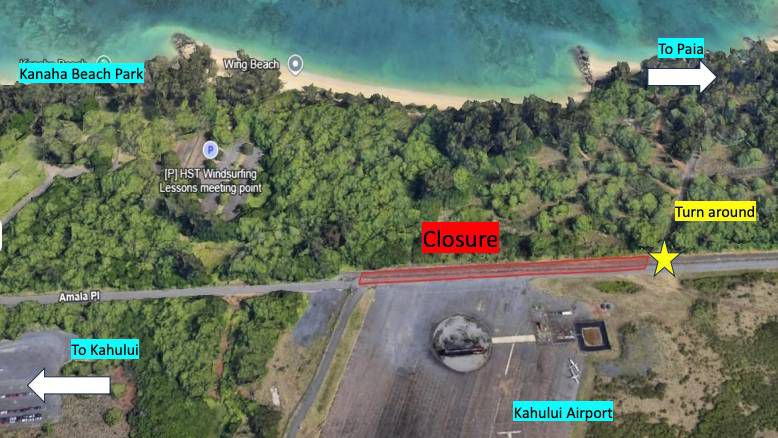WAIMANALO, Hawaii — The DLNR Division of Forestry and Wildlife worked with the Albizia Project to cut down more than 1,000 invasive trees — mostly albizia, macaranga, and gunpowder trees — that will be used to make 28 hale for the 13th Festival of Pacific Arts and Culture, the world’s largest celebration of indigenous Pacific Islanders.
The invasive trees were harvested from the Nation of Hawaii, also known as Pu‘uhonua O Waimanalo, a 45-acre parcel in Waimanalo that Hawaiian activists have managed since 1994. When the Hawaiian activists first acquired the land, it was full of invasive plants, but over the years they have reworked the land and now grow traditional Hawaiian crops. However, parts of the land are still filled with overgrown areas, so clearing the trees helped the Nation of Hawaii to restore ancient footpaths, terraces and lo‘i that have long been concealed.
After the harvest was completed, DLNR brought in koa seedlings and other native plants to propagate at Pu‘uhonua O Waimanalo.
With the harvested logs, Albizia Project founder Joey Valenti and his crew assembled the 28 hale, then disassembled them and put the logs on pallets to be transported to the Hawaii Convention Center, where a Festival Village will be built for FestPAC.
“These lightweight hale structures are specifically designed to be transported and erected quickly for the event,” said Valenti. “Traditionally, you would use a much more selective species if you're expecting a structure to last 30 years or so. In this case, they're only going to be up for 10 days.”
Installation crews will only have two days to put together all 28 hale. Architects Hawaii Limited designed the prefabricated hale, so that each one could be assembled in under an hour.
Michelle Broder Van Dyke covers the Hawaiian Islands for Spectrum News Hawaii. Email her at michelle.brodervandyke@charter.com.








